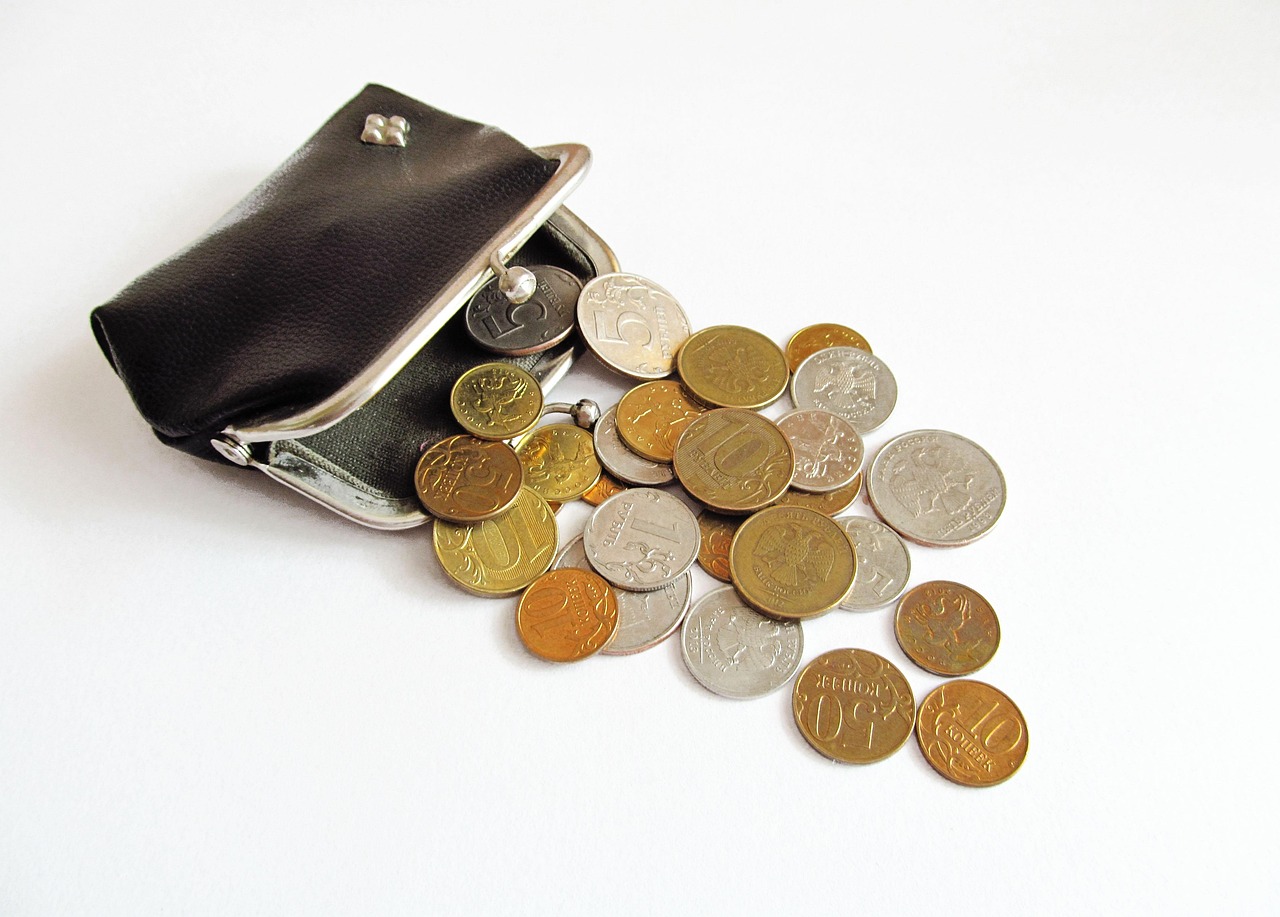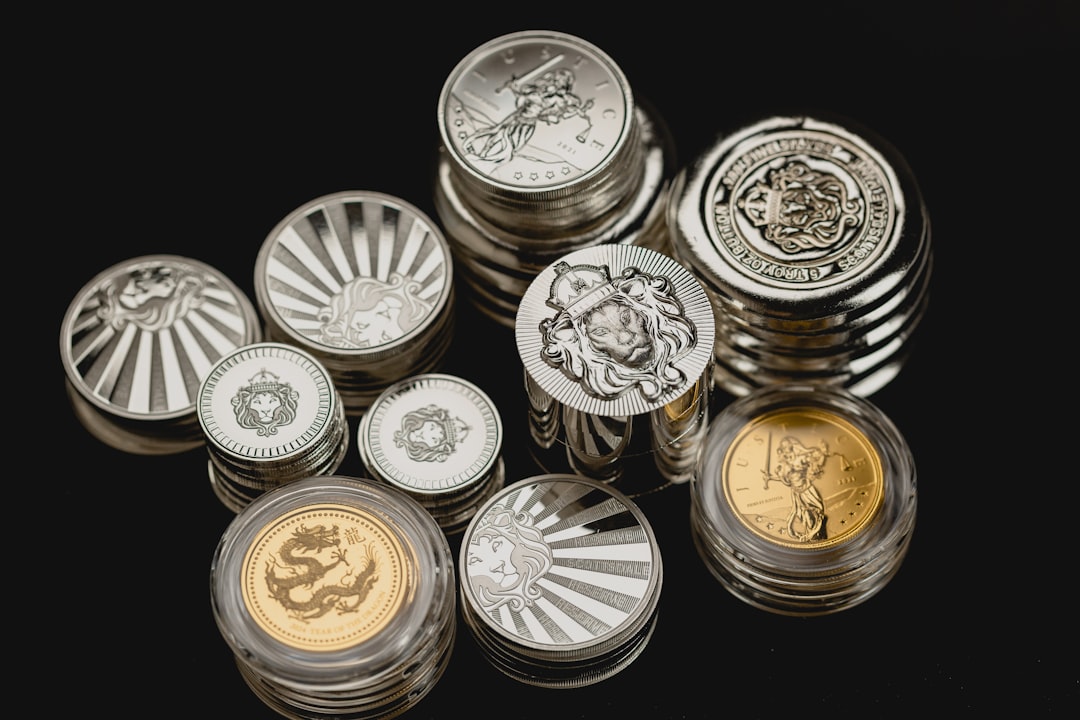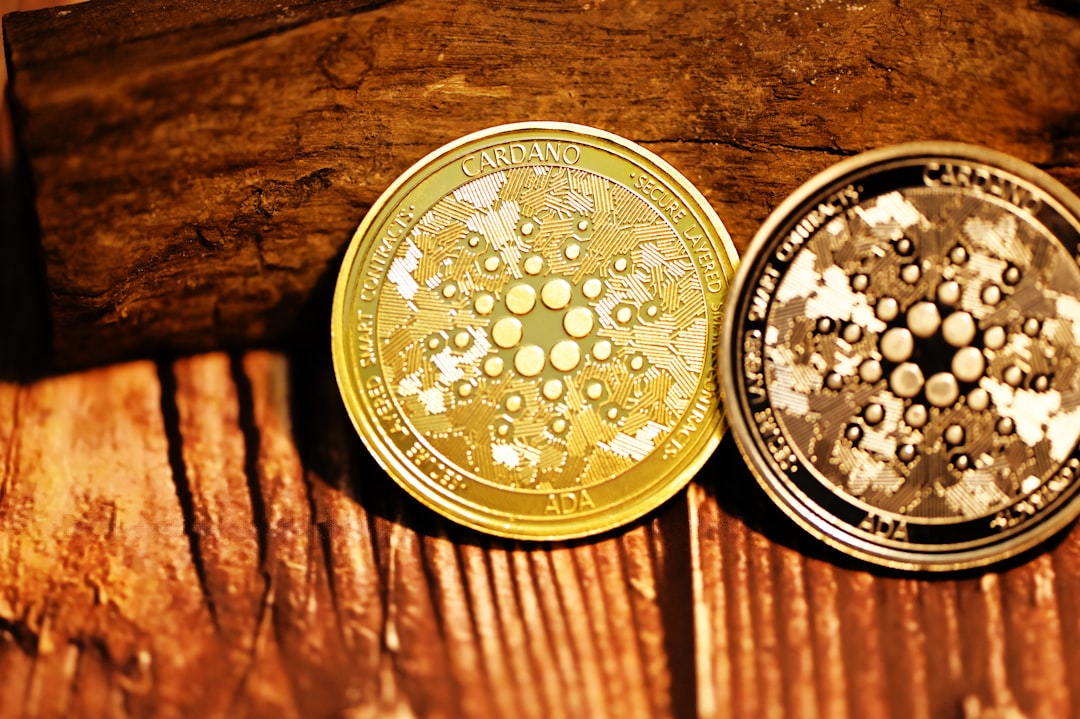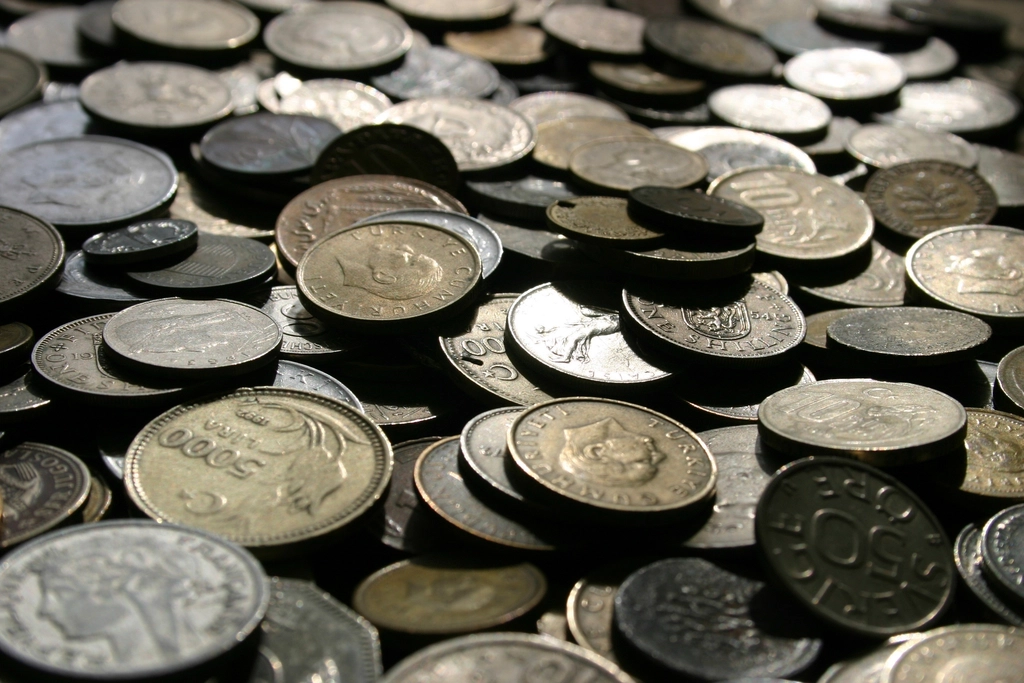The End of an Era – Production Officially Stops

While there have been ongoing debates about the cost-effectiveness of penny production, the U.S. Treasury has not announced plans to stop minting new pennies. The decision marks the end of a long-debated chapter in American currency history, with production costs that have been debated, almost four times its face value. According to various estimates, penny production costs exceed face value.
According to ongoing discussions about penny production costs as its moves to end production of the 1-cent coin. Penny production continues despite debates about its cost-effectiveness. This puts an end to over two centuries of penny production, though the one-cent coins will still be legal tender.
Safe Storage Solutions for Your Existing Pennies

With production ending, proper storage becomes crucial for your penny collection. Hold a coin by its edges between your thumb and forefinger over a soft towel or surface and wear soft cotton gloves to protect the coin’s surface from fingerprints and the natural oils on your skin, which can be corrosive. Always handle your coins by the edges, never by the face, wash your hands before handling your coins, as dirt or oils from your hands can tarnish the coin’s surface.
Use acid-free cardboard and plastic holders free from polyvinyl chloride (PVC), as acid and PVC can ruin a coin’s surface. As it degrades, PVC will become yellow, cloudy and brittle, off-gassing acids into the storage environment that may lead to a green, sometimes sticky residue on coins, with possible permanent staining and corrosion making the coin’s value reduce considerably. For maximum protection, store them in a place that is not very obvious, not in a drawer where you keep your socks because a burglar will look at a place like that right away, but try to find a place in your home that is hard to reach and is not very obvious for your collection.
Environmental Factors That Matter for Long-Term Storage

Your storage environment can make or break your penny preservation efforts. Keep away from potential sources of leaks such as pipes, windows, roof spaces etc., as an undetected leak could cause irreversible damage. Protect from extremes of temperature, as the surface of a metal coin could encourage condensation to form when the temperature moves quickly from cold to warm, which means roof spaces, unheated outhouses/rooms etc. are not suitable.
Avoid areas of high humidity such as conservatories, cellars/basements, bathrooms, kitchens etc., don’t store against a cold wall, and keep away from sources of air pollution such as paint fumes, exhaust fumes etc. These basic environmental controls can keep your pennies in excellent condition for decades to come. A safe-deposit box at a bank is ideal, and if you have a home collection, ensure that your home insurance covers full replacement costs.
The New Cash Transaction Reality

Once pennies become scarce, the way we handle cash will change dramatically. Without new pennies moving into circulation, businesses that complete cash transactions will have to start rounding up or down to the nearest nickel. Businesses will begin rounding cash transactions to the nearest 5 cents, which is common in countries that have phased out low-denomination coins.
The rounding system follows predictable patterns. If the final digit of a purchase ends in 3, 4, 8 or 9 cents, the total will be rounded up, and if it ends in 1, 2, 6 or 7 cents, it will be rounded down. Cashless transactions will still be priced at exact change. This means your credit and debit card purchases remain unaffected by the penny’s disappearance.
The Financial Impact on Consumers

The annual rounding tax from eliminating the penny is relatively modest compared to the Treasury’s losses from producing it. New Fed data shows consumers could potentially lose $6 million annually in the rounding tax from the end of the penny. To put this in perspective, the Mint reported losing $85.3 million on the nearly 3.2 billion pennies it produced in the 2024 fiscal year.
However, cash users will feel this impact most directly. People at the bottom of the economic ladder will probably feel any penny pinch the most, as the individuals paying for this benefit will be those who purchase products and services using cash and will continue to do so going forward because they are either unbanked or unable to access debit or credit cards or a digital wallet.



